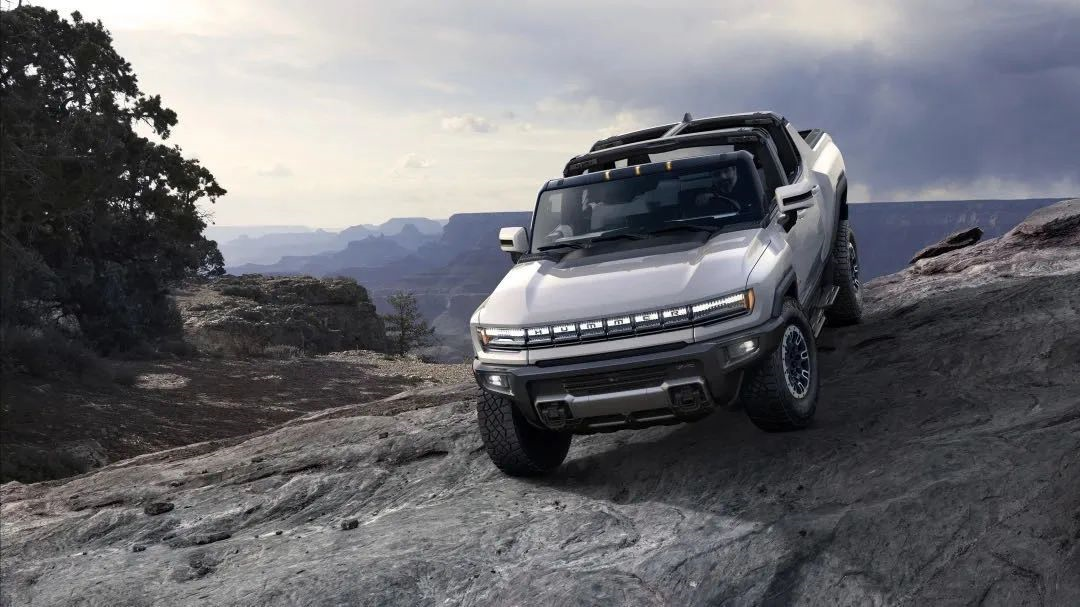Author: James Yang Jianwen
Yesterday, President Biden hosted a “closed-door meeting” at home, inviting representatives from Ford, GM, Stellantis Group, and members of the United Auto Workers.
Even in good spirits, he posted a “moments” on social media, encouraging everyone to pay attention to tomorrow’s big news: “When I say electric vehicles are the future, I’m not kidding.”
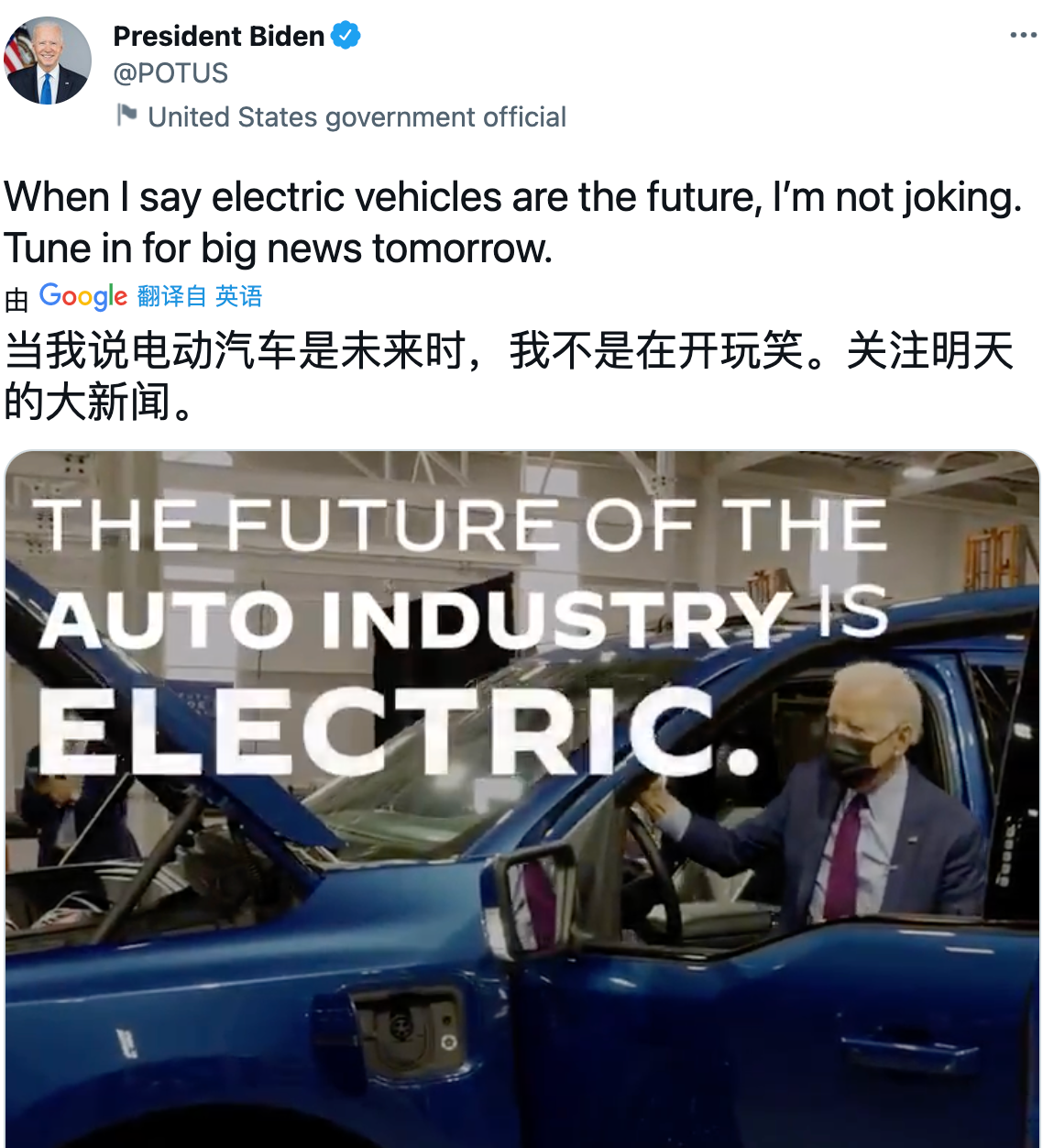
Let’s take a look at these invited friends: Ford, GM, and Stellantis Group (Fiat Chrysler and PSA merged), all of which are traditional American giants with significant influence, although their work in electrification is not up to par.
The last one is the United Auto Workers in the United States. In the United States, unions are a very special existence. The direction of the enterprise depends to a certain extent on the union’s attitude. If they decide to strike, it could cost the company millions in a single day, in dollar terms, making you wonder if it can or can’t be tolerated.
This closed-door meeting, with Biden representing the US government, aims to have a good talk with these different interest parties. Talking to car companies is to determine what achievements these companies can make and what supportive work the government can do, while talking to the union is to see what kind of concessions it can make. This is a game of finding a balance of interests.
Interestingly, as the leader in the global electric vehicle field, Tesla was not invited. CEO Musk tweeted: “It’s kind of weird that they didn’t invite us.”
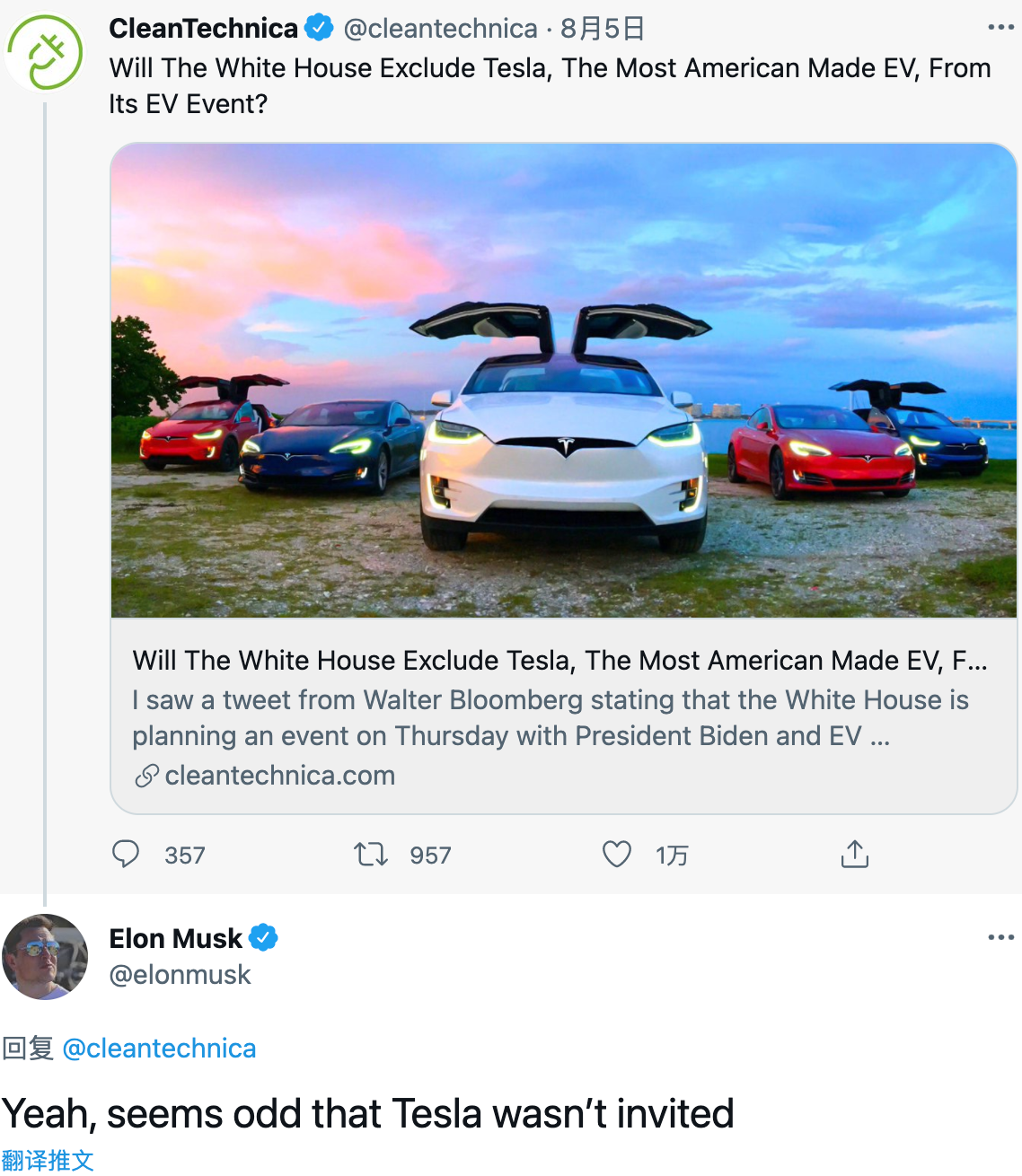
Given that Tesla has already had a dispute with the union and shut them out, if they invite Tesla, it will probably cause unpleasantness. Moreover, Tesla, as a new force, has no transition burden and has already embarked on a unique path of electrification, so there is no need to participate in such talks.
Based on the latest news, the Biden government has achieved good results.
2030 Target: Zero-Emission Vehicle Sales Account for 40%-50%
The Biden administration stated in its new decree that by 2030, the sales of zero-emission models (pure electric, hybrid, and fuel cell vehicles) will increase to 40%-50%, and at the same time, it proposed that the average fuel consumption of gasoline-powered vehicles needs to be increased from the current 43.3 miles per gallon to 52 miles per gallon by 2026.
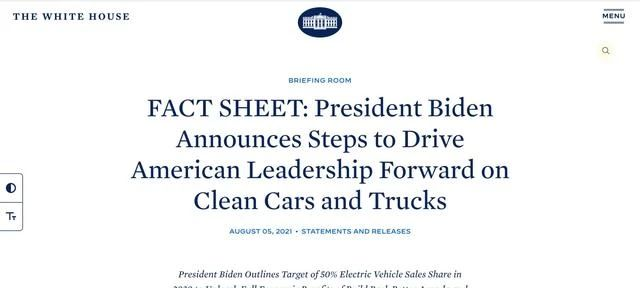 After the executive order was released, the three manufacturers mentioned earlier, as well as a group of non-American host factories such as Volkswagen and BMW, have issued a joint statement expressing their support for the plan.
After the executive order was released, the three manufacturers mentioned earlier, as well as a group of non-American host factories such as Volkswagen and BMW, have issued a joint statement expressing their support for the plan.
From a large perspective, this closed meeting can be regarded as setting the direction for the development of the US automobile industry: a comprehensive shift to electrification, and in the next twenty years, the US will strive to catch up in the field of electric vehicles.
The three auto giants who attended the meeting have also begun to layout in the field of new energy.
Just last month, Stellantis Group stated that it plans to invest more than 30 billion euros in electrification and software development by the end of 2025. By 2030, more than 70% of the group’s sales in Europe and more than 40% of the group’s sales in the US will come from low-emission vehicles (LEV).
General Motors’ investment in electric vehicles and autonomous driving has also been increasing. From 20 billion US dollars to 27 billion US dollars, to the current 35 billion US dollars. At the same time, it will launch 30 pure electric vehicle models globally by 2025, and electric vehicle sales are expected to exceed one million units. By the end of 2025, 40% of the vehicles sold in the United States will be electric, and by 2035, it will transform into an electric vehicle manufacturer.
As for Ford, it will invest more than $30 billion by the end of 2025 in the field of electrification, and by 2030, pure electric vehicles will account for 40% of Ford’s global sales. Currently, Lincoln is accelerating its transformation, and the first pure electric vehicle model will be launched next year. Lisa Drake, COO of Ford North America, said that by 2023, the company’s spending on electric vehicles will exceed that of fuel vehicles.
Comparing these, you will notice an interesting phenomenon: the sales targets set by these giants themselves are basically consistent with the Biden administration’s targets. However, the latter’s requirements are obviously higher: 40% is the minimum requirement, hoping that they can achieve 50%.
In March of this year, the Biden administration released a $2 trillion infrastructure plan, which provides support in the fields of new energy generation, energy storage, and electric vehicles, and uses tax incentives (similar to China’s national subsidies and local subsidies) to promote electric vehicle consumption. And it aims to promote the electrification of school buses, public transportation, and federal fleets. On infrastructure construction, 500,000 charging piles will be built by the end of 2030. They are determined to make electric vehicles successful.The move also means that the United States has officially started to support the electric vehicle industry from the grassroots level.
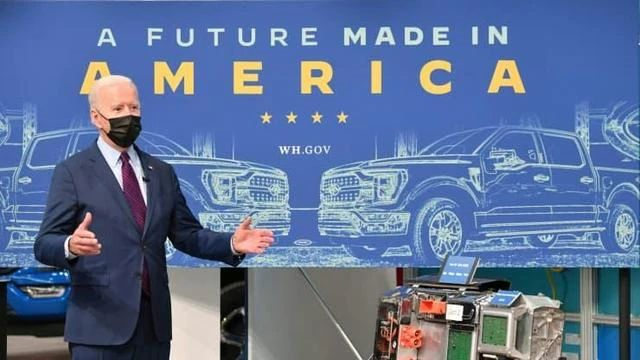
Excited Biden even directly spoke to the US auto giants at Ford factory: “The future of the auto industry is electric. There is no turning back.” “They (China) think they will win. Well, I have something to say: They won’t win this game. We can’t let them win. We have to act fast, and that’s what you have to do now.”
It is foreseeable that with the government’s approval and policy bias, the electric vehicle industry in the United States will also usher in a period of rapid development. A clear case is Europe, where to boost sales of new energy vehicles, various countries have introduced generous subsidy policies, resulting in a compound annual growth rate of 60% for electric vehicles in Europe from 2016 to 2020.
Moreover, we can obtain many associated benefits from this, such as benefits to the industrial chain both upstream and downstream, an increase in the market share of Chinese electric vehicle companies, and a faster pace of overseas expansion for domestic suppliers, and so on.
However, an issue that cannot be ignored is whether the US’s 2030 vision is too aggressive. This is a question.
Is the plan too ambitious?
Before discussing this issue, let’s take a look at another German giant, Volkswagen.
Volkswagen should be the most resolute representative of traditional car companies in the transformation to electrification. Volkswagen expects that electric car sales will account for 70% of European sales, and 50% of its Chinese and US market sales by 2030. By 2040, Volkswagen will only sell electric cars in the European market.
It seems a bit far-fetched, so let’s talk about it this year. Volkswagen plans to deliver more than 450,000 electrified vehicles this year, including about 150,000 ID.4 models. Feng Sihan, CEO of Volkswagen Group (China), also has high hopes for the sales of the ID. Series in China, stating that “by the end of this year, the sales of the ID. family products are expected to reach 80,000 to 100,000 vehicles.”
So, what is the reality? According to data from the China Passenger Car Association, the sales of the ID. series in the first half of the year were less than 10,000 units. They couldn’t even achieve 10% of their sales target. No wonder Herbert Diess, CEO of Volkswagen, directly stated: “The group must change the sales strategy for electric vehicles in the Chinese market to cope with the embarrassing situation of poor sales of multiple pure electric vehicle models.”
It is clear that some visions may seem idealistic from the beginning, but in the process of execution, there may be some issues to be addressed.When it comes to the national level, following the footsteps of car companies, the United States has set a national sales target for 2030. In fact, China has a similar push plan.
As early as December 2019, the Equipment Industry Department of the Ministry of Industry and Information Technology released a draft of the “Development Plan for the New Energy Vehicle Industry (2021-2035)” for soliciting opinions, in which it was mentioned that:
-
By 2025, the proportion of new energy vehicles in new car sales will reach about 25%;
-
The average power consumption of new pure electric passenger vehicles will be reduced to 11 kilowatt hours per 100 kilometers;
-
The proportion of new intelligent connected vehicles in new car sales will reach about 30%, and highly automated intelligent connected vehicles will achieve commercial application in designated regions and specific scenarios;
-
The average fuel consumption of new plug-in hybrid (including extended-range) passenger cars will be reduced to 2 liters per 100 kilometers.
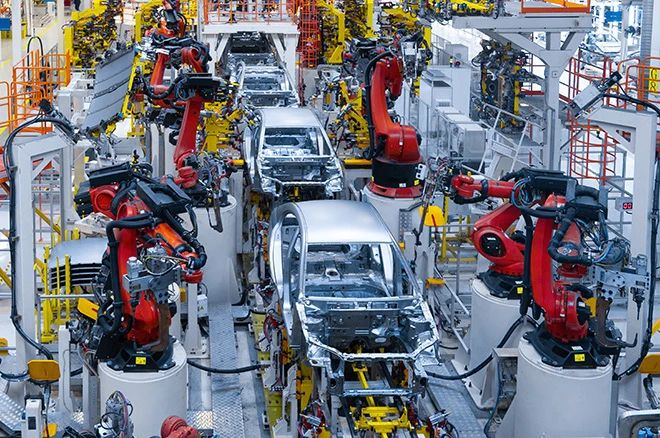
After nearly a year, China officially released the “Development Plan for the New Energy Vehicle Industry (2021-2035)” in November of last year. Compared with the draft for soliciting opinions, many adjustments have been made:
-
By 2025, the proportion of new energy vehicles in new car sales will reach about 20%;
-
The target for the average power consumption of new pure electric passenger vehicles has been raised from 11 kilowatt hours per 100 kilometers to 12 kilowatt hours per 100 kilometers;
-
The two previously proposed targets of “By 2025, the average fuel consumption of new plug-in hybrid (including extended-range) passenger cars will be reduced to 2 liters per 100 kilometers” and “By 2025, the proportion of new intelligent connected vehicles in new car sales will reach about 30%” have been deleted.
The reason for such adjustments is also to allow the new energy vehicle industry in China to develop healthily.
Therefore, when making plans, it is important to act in a way that suits one’s ability.
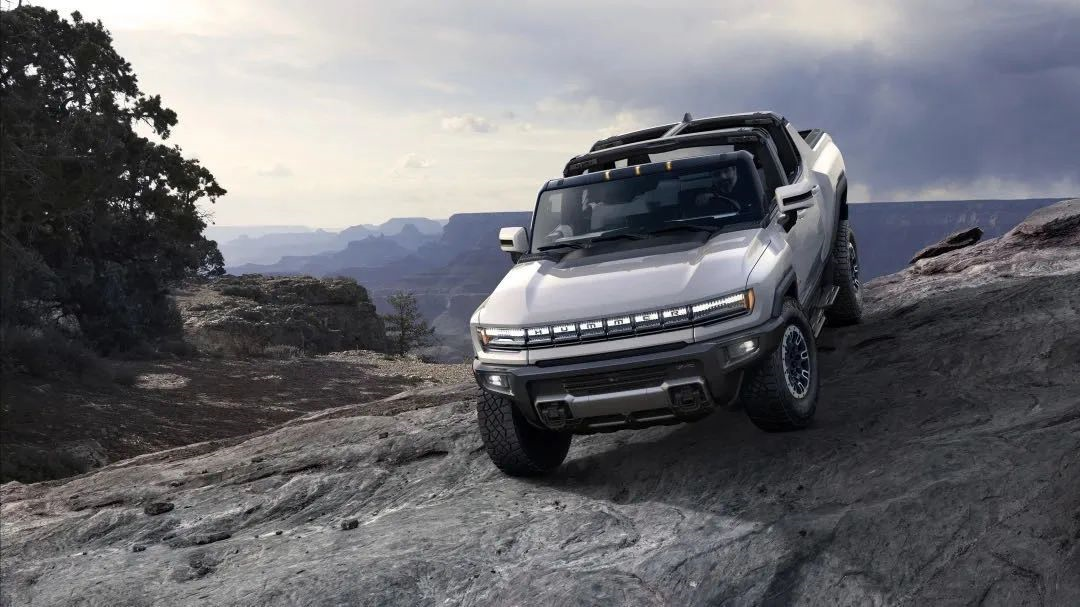
So far, the US is lagging behind China and Europe in both infrastructure and electric vehicle development. According to statistics, the penetration rate of new energy vehicles in the US market was only 3.3% in the first half of 2021, while China’s was 9.3% during the same period.
Can the United States achieve this goal smoothly by 2030? I don’t know, but it is clear that the US is indeed anxious, which is why the plan is so aggressive.
When test-driving the Ford electric pickup, Biden said: “Get in folks, we’re going to win the competition for the 21st century.”
But, who knows?
This article is a translation by ChatGPT of a Chinese report from 42HOW. If you have any questions about it, please email bd@42how.com.
